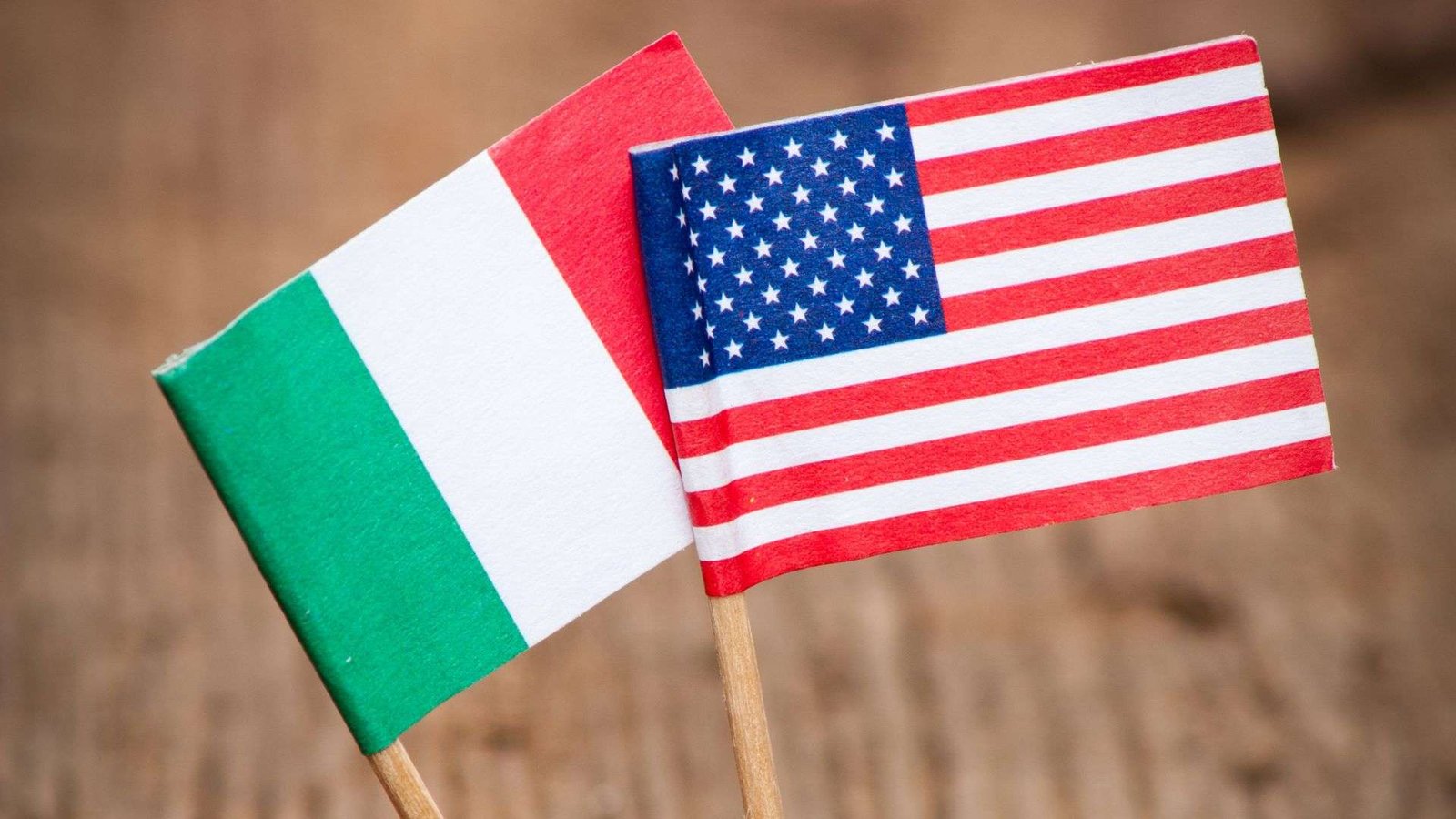History of Italian Migration to the United States
Table of Contents
1. Introduction
2. Historical Context in Italy
3. Early Migration Waves
4. The Peak of Italian Immigration
5. Geographical Distribution in the United States
6. Challenges and Adaptation of Immigrants
7. Contributions of Italians to American Society
8. Immigration Policies and Their Influence
9. Legacy and Contemporary Influence
10. Conclusion
1. Introduction
The Italian migration to the United States is one of the most significant population movements in American history. Between 1820 and 2004, approximately 5.5 million Italians immigrated to the U.S., making it the country that received the most Italian immigrants in history. This migratory flow had a profound impact on the demographics, culture, and economy of the United States.
2. Historical Context in Italy
The unification of Italy in 1861 brought several economic and social challenges, especially for the southern regions and Sicily. Predominantly agrarian areas faced extreme poverty, high unemployment, and frequent agricultural crises. Industrialization was concentrated in the north, exacerbating regional disparities and prompting many Italians to seek better opportunities abroad.
3. Early Migration Waves
Before 1870, Italian emigration to the U.S. was modest. The first immigrants came mainly from northern Italy and settled as fruit merchants in New York and wine producers in California. However, starting in the 1870s—particularly between 1880 and 1914—a mass migration occurred, with more than 4 million Italians, mostly from the south and Sicily, arriving in the United States.
4. The Peak of Italian Immigration
The period between 1880 and 1914 represented the peak of Italian immigration to the U.S. Factors such as political unrest, oppressive taxation, and natural disasters—such as the eruption of Mount Vesuvius in 1906 and the Messina earthquake in 1908—further fueled emigration.
5. Geographical Distribution in the United States
Italian immigrants primarily settled in urban centers, where job opportunities were more abundant. The largest Italian communities emerged in cities such as:
- New York City – Particularly in neighborhoods like Little Italy in Manhattan, Brooklyn, and the Bronx.
- Boston – The North End became a major Italian-American enclave.
- Philadelphia – South Philadelphia saw a large influx of Italian immigrants.
- Chicago – The Near West Side and Little Italy were home to many Italians.
- San Francisco – Italians played a significant role in the city's fishing industry.
- New Orleans – Had a sizable Sicilian population, which became influential in the local economy.
By 1910, over 2 million Italians were living in the U.S., and 90% of them resided in major cities, often in crowded tenement buildings.
6. Challenges and Adaptation of Immigrants
Italian immigrants faced numerous challenges as they adapted to life in the U.S.:
a) Economic Hardships
- Many worked in low-paying, labor-intensive jobs, such as construction, mining, and factory work.
- Italian laborers helped build skyscrapers, roads, and railways, contributing significantly to industrial growth.
- Wages were low, and many lived in overcrowded, unsanitary conditions.
b) Discrimination and Stereotypes
- Italians were often viewed as uneducated, criminally inclined, or inferior by native-born Americans.
- Anti-Italian sentiment was prevalent, leading to exclusion from better jobs and housing.
- In 1891, 11 Sicilians were lynched in New Orleans, one of the largest mass lynchings in U.S. history.
c) Language and Cultural Barriers
- Most Italian immigrants spoke regional dialects rather than standardized Italian, making communication difficult.
- Many resisted assimilation at first, preferring to maintain close-knit ethnic communities.
Despite these challenges, Italian immigrants gradually integrated into American society, with later generations achieving economic success and higher education.
7. Contributions of Italians to American Society
Italian immigrants left a lasting impact on American culture, economy, and politics:
a) Economic Contributions
- Italians were instrumental in construction, transportation, and manufacturing industries.
- Many became successful entrepreneurs, opening restaurants, grocery stores, and small businesses.
b) Influence on Cuisine
- Italian food became one of the most beloved cuisines in the U.S., with pizza, pasta, and espresso becoming staples of American dining.
- The first U.S. pizzeria, Lombardi’s, was opened in New York City in 1905.
c) Arts, Music, and Entertainment
- Italian-American musicians contributed to jazz, opera, and popular music.
- Actors like Frank Sinatra, Al Pacino, and Robert De Niro became Hollywood icons.
d) Politics and Society
- Italian-Americans gained political influence, with figures like Fiorello La Guardia (mayor of NYC) and Mario Cuomo (Governor of New York).
- Over time, Italian-Americans became well-integrated into American political and business elites.
8. Immigration Policies and Their Influence
a) The Immigration Act of 1924
- The Johnson-Reed Act of 1924 imposed strict quotas on Southern and Eastern European immigrants, drastically reducing Italian immigration.
- The new limit set at 4,000 Italian immigrants per year (compared to over 200,000 in previous years).
b) Post-World War II Migration
- After World War II, restrictions were loosened, and thousands of Italians arrived, particularly skilled workers and professionals.
- Italian-Americans moved into middle-class suburbs, further integrating into American society.
9. Legacy and Contemporary Influence
Today, over 17 million Americans identify as having Italian ancestry, making them one of the largest ethnic groups in the U.S. Their legacy can be seen in:
- Little Italy neighborhoods, which still celebrate Italian heritage.
- Columbus Day (though controversial) remains a major Italian-American celebration.
- Italian-American organizations, such as the Order Sons of Italy in America, continue to promote cultural heritage.
- Prominent Italian-Americans in politics, business, sports, and entertainment continue to shape the U.S.
10. Conclusion
The migration of Italians to the United States was a complex and transformative process. Despite economic hardships, discrimination, and cultural barriers, Italian immigrants built thriving communities and significantly shaped American society. Their contributions spanned industries, politics, cuisine, and entertainment, ensuring that Italian heritage remains an integral part of the United States.



